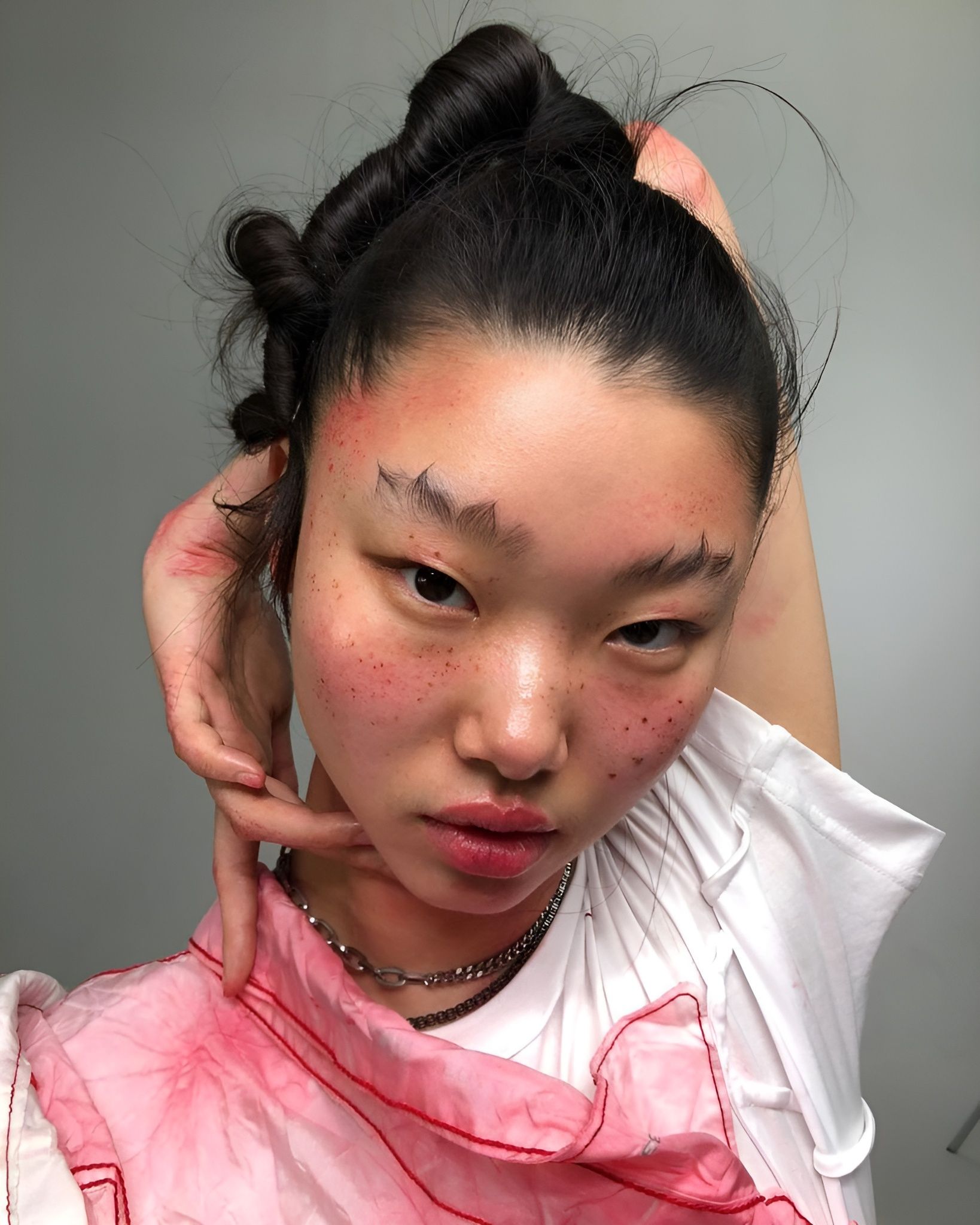
What do #stayathomegirlfriends have in common? What do Don't Worry Darling, The Stepford Wives and TikTok's #stayathomegirfriends have in common?
In America they have dubbed them "desperate housewives," but they have little or nothing in common with their TV "colleagues." Their main occupations are not cheating on partners, gossiping, partying with the neighborhood, or planning elaborate intrigues. The Stay at Home Girlfriends are women (mostly very young, white and slim) who have chosen not to work, to stay at home, fully serving the needs of their wealthy partners. In a kind of archaic déjà vu, while the man is busy elsewhere procuring a livelihood, they are self-reliant within the walls of the home where they spend their days caring for the nest, between cleaning and lunches, and for their own appearance, between make-up and gym training sessions. Because in this daily routine division of tasks based on traditional gender roles, one of the most important missions is to be physically pleasing to look at, beautiful, thin and always tidy.
On TikTok, the videos grouped under the hashtag #stayathomegirlfriend total more than 140 million views, despite the fact that they support a controversial female ideal and are all similar: girls in their early twenties showing their seemingly perfect lives enclosed in luxury homes while sipping organic centrifuges, doing Pilates, sweeping the floor with the electric broom, making the bed, preparing healthy lunches for their boyfriends, and checking that their make-up is always flawless. "I hate working. I hate how men have lost their instinct to protect and offer. I hate how exhausted women are these days. I just want to be a stay-at-home wife, take care of myself, have a little baby girl and feel relaxed and happy," or "When your boyfriend makes you a SAHG at 25 all you have to do is shop, go work out and drink $17 smoothies while relaxing by the pool" say some of them, who demonstrate that the luxury of their way of life comes from bonding with someone who can take care of them. The interest in the hearth angel 2.0 niche shows that there is a spasmodic search for attempts to escape from a society that demands 24/7 productivity and readiness, where burnout is always around the corner. It is the same common thread that links reality and fiction, the SAHGs of TikTok to films such as The Stepford Wives and the recent Don't Worry Darling (albeit slightly updated at least of the details with more yoga and fewer supermarket shopping sessions): the idea of the 1950s housewife as an aspirational model to be peddled as an ideal refuge when times become increasingly uncertain and hectic. In defiance of women's emancipation, there is evidently something extremely calming, and reassuring to the average man in the stark and archaic division of gender roles, in the conservative metaphor of women staying at home to take care of their partners and families. Thus millions remain spellbound as they watch Nicole Kidman blond and subdued in her fluffy wheeled skirt driving a trolley through the supermarket aisles, Florence Pugh laying out freshly laundered laundry in the sun or a 20-year-old American woman making matcha tea for her boyfriend.
The most famous creator, the one who first used the term Stay at Home Girlfriend launching the trend and bringing into the social spotlight the "movement" of girls who would rather please their partners at home than invest in a personal career, is Kendel Kay. In her videos she talks about a daily routine of 20-minute skincare routines, jammies and athleisure basics, cleaning, traveling, and lots of matcha tea and frappuccinos prepared for her boyfriend, one Luke Lintz, founder of a multimillion-dollar public relations firm. All perfect. Or maybe not. And not just because Kendel always has a sad look on her face, but because some more attentive followers, zooming through the pages of her diary, read in the list of her weaknesses "a stagnant career," "a body I don't like," and "little social life." Despite the many fans dreaming of the same life as her, which she specifies also involves commitments such as producing content on YouTube, Instagram, and TikTok, there are also messages from people concerned about her "toxic" and "co-dependent" relationship, but also wry responses from other creators highlighting the many dark spots implied by SAHG's condition. Such as American model and influencer Hailey Baylee, who jokes about her lack of independence, pretends not to see her lover's tracks found around the house, obsessively devotes herself to skincare, and is obsessed with the size of her waistline for fear that her partner will leave her for a younger, prettier girl.
Putting in place that every life choice is legitimate and personal, but also that many envy and would like to emulate SAHGs, their condition opens the way for risky drifts, from control to manipulation. The dream of being kept and not working could easily turn into a nightmare, a cage far less gilded than it appears from which it is impossible to escape due to lack of economic independence. "What will you do when you break up?" is in fact the question that followers ask SAHGs because, without emphasizing the normalization of a dangerous condition of submission to a partner or the isolation in which these women often find themselves, the greatest danger to them seems to be the potential financial instability if they want to break up.























































